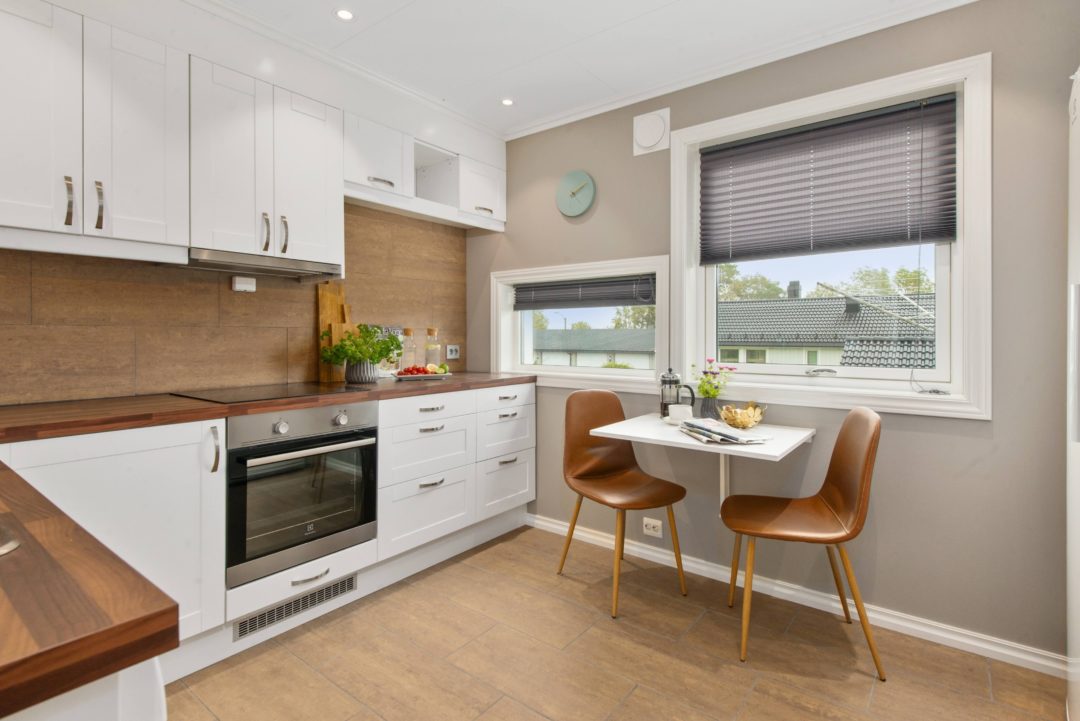Whether an oven is used in an annealing application or a tension test, all oven owners must carry out routine maintenance checks to ensure that the oven is in perfect condition. Everyone understands the fact that maintenance is necessary for the longevity and performance of any product. Your car is a good example, especially if you’ve ever called AAA for help on the road when it’s raining.
Test ovens, process, and laboratory applications are not an exception. Whether the oven is utilized in an annealing application or a tension test, each owner of the oven must have a checklist so that the oven is in perfect condition. In addition, ovens with special cooling or mounting assemblies have more maintenance problems.
The following are tips that are meant to assist you with maintaining your oven pump:
1: Maintain the blower
The motor fan is one of the most relevant features of the oven. Proper lubrication is essential for a smooth moving engine, according to the Dayton Fractional HP motors installation and manual for maintenance, If the fan motor is equipped with oily glasses, every six months lubricate it with five drops of non-detergent SAE 20 oil. According to Dayton, motors with ball bearings or pre-lubricated motors do not need lubrication. Apply oil to the front and rear of the engine containing housing with lubrication ports. Always go back to the manufacturer’s instructions when lubricating the oven engine.
2: Consider the location of the oven and avoid limited airflow
Another important consideration is the physical location of the oven. Do not place the oven in a place where the airflow around the motor fan is blocked. Be careful when the sample or product is placed in the oven. By limiting air inlet and outlet, the airflow through the whole oven is reduced, leading to poor performance and premature failure of elements.
3: Use the correct power
Reduced power operation can lead to poor performance. A typical example of this issue is the operation of a 240 VAC oven with 208 VAC, resulting in a 20% reduction in power. If you encounter unsatisfactory operating conditions due to reduced power, correct it with a step-down transformer.
4: Check port inserts and door gaskets
Periodically check the oven door gasket and other related port inserts for torn gaskets, breaks, and missing sections. If you feel the heat is coming out of the oven, the gaskets are likely to have been torn.
5: Check out the slide and mounting assemblies
Ovens designed for testing materials may need unique mounting. Slide and mounting assemblies should be periodically checked to ensure that all devices locked operate properly.
With the few tips above, you can now properly maintain your vacuum oven, however, another important decision to make is where to buy these vacuum ovens. That’s the reason why we recommend Ledab.ca vacuum chamber as they have been the choice of many vacuum oven users.







0 Comments